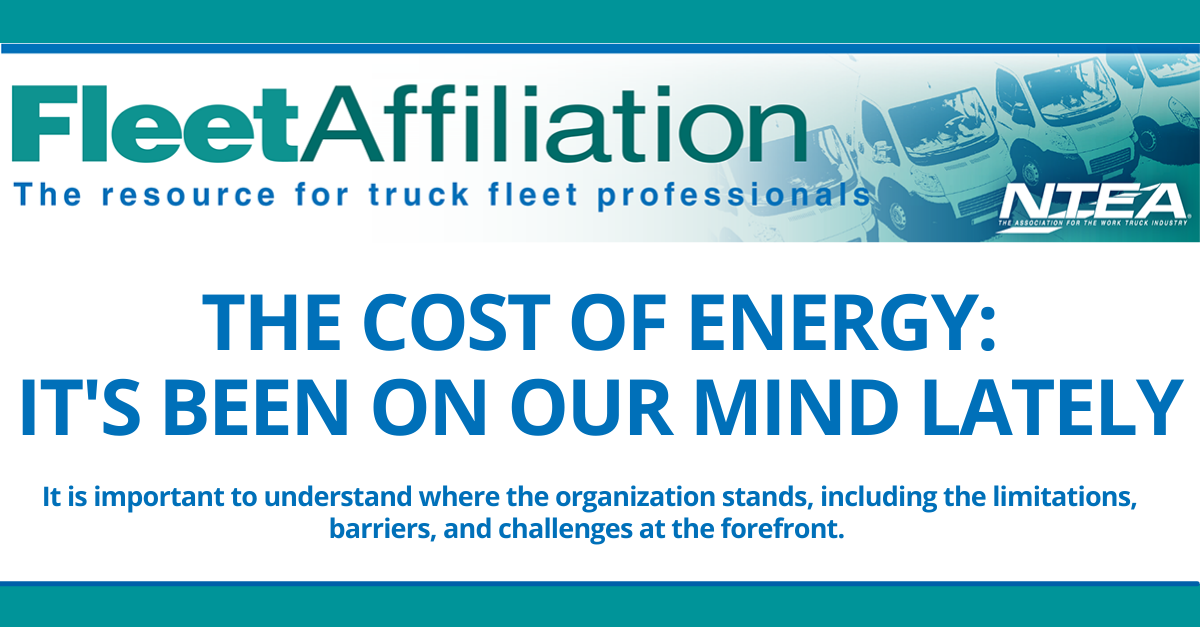 Published in January 2022 Fleet Affiliation.
Published in January 2022 Fleet Affiliation.
Fleet professionals have navigated the past year with several challenges, including chassis availability for replacement, labor shortages, and the rising cost of energy. Fleet professionals are also often expected to be aware of rising costs and innovate ways to mitigate the impacts.
Historically, we’ve talked about the human factor and how it impacts the bottom line. While direct control may be limited, once there is buy-in from the stakeholders that can effect change, significant savings can be realized. Anecdotally, an operator can have a direct correlation on fuel economy ranges to the tune of 30%. This affects real costs, both in the positive and negative returns.
What can be done?
It is important to understand where the organization stands, including the limitations, barriers, and challenges at the forefront. First, recognize the basics including labor relations, contractual limitations, and management policies. Before engaging on a broad scale, work with the appropriate stakeholders to determine what can and cannot be done. This includes labor relations and senior management. With these stakeholders involved in the planning process, there is a greater chance of gaining support to ensure a more successful program.
Training – The human factor and the machine
Before any meaningful or successful program can be implemented, critical issues must be addressed upfront. After engaging management and other stakeholders, it is important to get the users’ buy-in. These are the groups that will drive the change. Operators need to fully understand that they are in the position to save an organization money, and ultimately saving money will produce a benefit to them.
One of the largest pitfalls, and almost a guarantee of failure, is fear-based programs. Fear can be one of the most destructive elements in any workforce. This will most likely lead to the attitude of “it is not my vehicle or my fuel so why should I care?” Tying jobs to driving behavior should always be avoided.
Ultimately, communicate the common goal of all stakeholders: reducing costs, and making the company more competitive, ensures the long-term stability of the entity.
Once the aspect of the human factor is addressed, it is time to look at the machine. The easiest, least intrusive approaches are passive. This can include technology that limits unnecessary use of energy – including idle shutdown, vehicle speed limits, acceleration management, tire pressure monitoring, and even some powertrain optimization. Evern small impacts contribute to great change.
This approach doesn’t engage the driver. It just passively limits what a driver can and cannot do. This is where active and real-time feedback comes in. Many telematics tools use real-time feedback to show fuel economy, harsh braking, and acceleration, and can coach drivers in real-time. For this to be effective, the operators need buy-in.
Operator scorecards can also be a significant tool if used properly. Remember, it is imperative to approach with positive reinforcement and avoid punitive reinforcement. When the operators buy in and take ownership of what they can do to drive change, it creates a win-win program for your organization.
Looking for more fleet insight? Register for Work Truck Week 2022 today. View opportunities and education for fleets.
